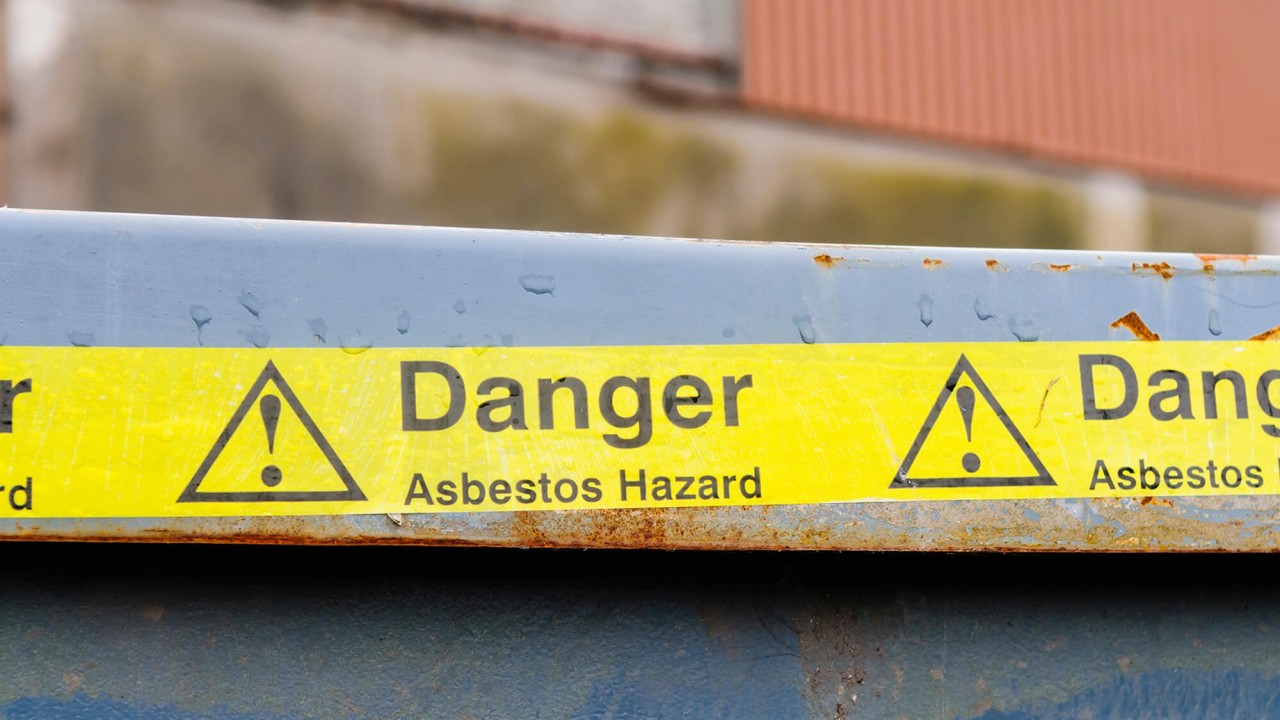The Hidden Hazard: Asbestos Risks in Older UK Warehouses When Fire Strikes
What is Asbestos and Why Was it Used?
Asbestos is a naturally occurring mineral that was once widely used in building insulation, roofing, pipe lagging, and fireproofing materials. In the mid-20th century, it was a staple of warehouse construction due to its low cost and impressive heat resistance. However, we now know that its fibres, when disturbed and inhaled, can cause serious and often fatal illnesses—including mesothelioma, asbestosis, and lung cancer.
The Fire Risk: A Dangerous Trigger
In warehouses where asbestos remains intact and undisturbed, the risk is minimal. But during a fire, asbestos-containing materials can crack, combust, or collapse—releasing clouds of microscopic fibres into the air. These fibres are invisible, virtually weightless, and can remain airborne for hours.
Once dispersed, asbestos can pose risks far beyond the fire scene.
Impact on Firefighters
Firefighters are among the first to face the hazard. Despite using breathing apparatus, they can still be exposed through contaminated clothing, prolonged presence at the scene, or during post-fire overhaul when breathing equipment is sometimes removed.
Repeated exposure—even to small amounts—carries a cumulative risk. Long latency periods mean symptoms may not emerge for decades, making the threat both invisible and insidious.
“Firefighters deal with more than just flames—hidden toxins like asbestos can be just as deadly over time” says a senior fire safety officer in Greater Manchester.
Risks to Local Communities
The threat doesn’t stop with emergency crews. If asbestos fibres are released during a warehouse fire, wind and smoke plumes can carry them across nearby residential areas, schools, or businesses. Left open windows, air-conditioning systems, and even outdoor washing lines can become routes of contamination.
In such events, public health responses may include:
- Advisories to remain indoors and close windows
- Temporary evacuations
- Soil and air monitoring around the affected area
- Long-term site decontamination
Communities living near older industrial zones often remain unaware of the lurking asbestos within these silent giants—until a fire exposes the reality.
Legacy Buildings, Modern Threats
Many warehouses built between the 1950s and 1980s are still in use today—for storage, light manufacturing, or repurposed as commercial units. While regulations under the Control of Asbestos Regulations 2012 require owners to manage and document asbestos risk, enforcement can be patchy—especially in poorly maintained or abandoned sites.
A lack of awareness, or the cost of removal, often leads to “management in place” strategies, which can fail spectacularly in emergencies like fire, vandalism, or accidental damage.
What Needs to Be Done?
- Pre-Incident Planning: Fire services should maintain up-to-date knowledge of asbestos risks in their jurisdictions.
- Building Audits and Surveys: Property owners must ensure asbestos surveys are current and risks are clearly identified.
- Community Awareness: Residents living near industrial buildings should be informed of any asbestos risk nearby.
- Proper Decontamination: Firefighting gear and vehicles should undergo rigorous decontamination after exposure to asbestos.
- Government Oversight: Increased enforcement and funding for the safe removal of asbestos from legacy sites could prevent future harm.
Conclusion
Asbestos in older UK warehouses represents more than just a legacy issue—it’s an active public health concern. Fire doesn’t just destroy; it liberates hidden threats, turning ageing buildings into sources of long-term harm. Protecting firefighters, residents, and workers begins with awareness, responsibility, and decisive action.
For assistance with Asbestos Surveys, contact our sales team on 0121 236 0642 or sales@rmriskmanagement.com.
